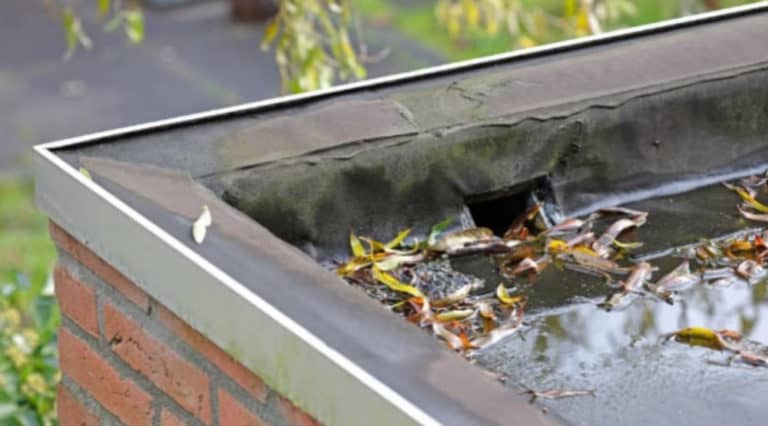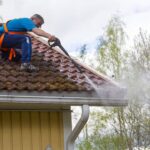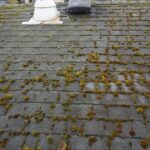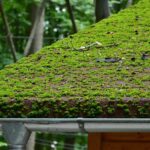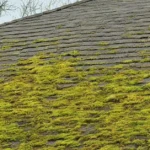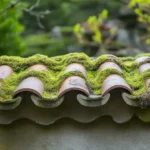When it comes to protecting your home, ensuring proper roof drainage is crucial. The integrity of your home’s roof is not only about the materials it’s made from, but also how well it can handle water. This is where the best roof drainage products come into play. They prevent water accumulation and potential damage, safeguarding your property in the long run.

Understanding the Importance of Roof Drainage
Proper roof drainage is essential for maintaining the structural integrity of your home. Without it, water can pool and cause leaks, mold, and structural damage. It’s crucial for homeowners to invest in the right drainage systems to ensure their homes stay dry and safe.
Types of Roof Drainage Systems
There are several types of roof drainage systems available, each suited to different types of roofs and climates. Understanding these can help you make an informed decision.
Gutter Systems
Gutter systems are probably the most common type of roof drainage product. They are installed along the edges of the roof to collect rainwater and direct it away from the home. The right gutters can prevent water damage to your home’s foundation and landscaping.
Choosing the Right Gutters
When selecting gutters, consider the material, size, and design. Materials like aluminum, copper, and steel each have their pros and cons. Additionally, ensure your gutters are adequately sized for the rainfall in your area.
Downspouts
Downspouts work with gutters to direct water away from the house. They are essential to prevent water pooling at the base of your home, which can lead to foundation issues.
Installing Downspouts
Proper installation of downspouts is crucial. They should be positioned to effectively carry water away from your home. This guide provides tips on maintaining and repairing downspouts.
Roof Drains
Roof drains are typically used on flat or low-slope roofs. They collect water on the roof and drain it through pipes to a safe discharge point.
Benefits of Roof Drains
Roof drains are effective in preventing water accumulation on flat roofs, which can lead to leaks and structural damage. They are often used in commercial buildings but can also be a great solution for some residential homes.
Siphonic Roof Drainage Systems
This advanced system uses the principles of siphoning to quickly and efficiently remove water from the roof. It is often used in large commercial buildings but can also be adapted for residential use.
Advantages of Siphonic Systems
The main advantage of siphonic systems is their ability to handle large volumes of water quickly, which can be particularly beneficial in areas with heavy rainfall.
Rain Chains
Rain chains are an aesthetic alternative to traditional downspouts. They guide water down from the roof in a visually pleasing way and can be a great addition to your home’s exterior.
Installing Rain Chains
Installation is straightforward, and they are available in a variety of styles and materials to suit your home’s aesthetic. They can be a functional and decorative element in your drainage system.
Roof Scuppers
These are openings in the sides of the roof that allow water to drain off. They are often used in combination with other drainage systems to efficiently manage water.
Scupper Design and Placement
Proper design and placement are crucial for the effectiveness of scuppers. They should be strategically placed to handle water flow efficiently.
Leaf Guards
Leaf guards are essential for maintaining the efficiency of your gutter system by preventing debris from clogging the gutters.
Choosing the Right Leaf Guards
Select leaf guards that fit your gutter system and effectively prevent debris buildup. This can reduce maintenance and prolong the life of your gutters.
Conclusion
Investing in the best roof drainage products is essential for protecting your home from water damage. By understanding the different systems available, you can choose the right solutions for your home. For more information on maintaining your roof, check out this guide on roof coatings.

FAQ
What is the best roof drainage system for heavy rain?
Siphonic roof drainage systems are highly effective for areas with heavy rainfall due to their capacity to handle large volumes of water quickly.
How often should I clean my gutters?
It’s recommended to clean your gutters at least twice a year, in the spring and fall, to prevent clogging and ensure proper drainage.
Can I install a roof drainage system myself?
While some systems like rain chains can be easily installed by homeowners, others, like siphonic systems, may require professional installation for optimal performance.
For additional insights on roof drainage systems, visit this external resource.
This article contains affiliate links. We may earn a commission at no extra cost to you.



